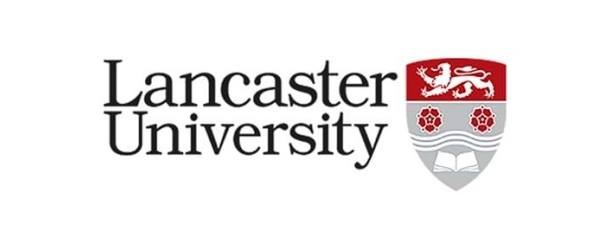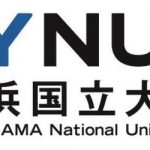Time Crystals Discovery Holds Potential for Quantum Computing

(Inverse.com) Time crystals are a newly discovered type of matter. This strange matter was first theorized by Nobel Laureate and MIT professor, Frank Wilczek in 2012 and confirmed just four years ago.
Samuli Autti, a research associate at Lancaster University and first author of the new time crystal study, tells Inverse that time crystals are basically a collection of particles in constant motion without an external force.
The exciting part of this discovery for researchers, aside from simply observing this interaction, is that it is also an experimental confirmation of something called the AC Josephson effect, a macroscopic quantum phenomenon that has applications in the field of quantum computing.
Autti says that it’s hard to know exactly where a discovery like this will take the field of physics or what its future applications might be, but some potential applications for this discovery include improved atomic clocks (which would, in turn, improve technology like gyroscopes and GPS) as well as quantum computing.
In addition to the time crystals’ demonstration of the AC Josephson quantum effect, Autti says that time crystals are good at intrinsically protecting their own coherence. This means they’re not easily thrown off by outside stimuli — a necessary trait for sensitive quantum computers.
Perhaps most exciting is the potential for these time crystals to usher in a new era of “warm” (or, non-absolute zero) quantum computing. Due to the similarity of these crystals to a form of solid-state matter that condenses at room temperature, Autti and his colleagues believe that time crystals may be able to do the same.
Still, Autti says there’s plenty of work to do before that reality comes to fruition.



















